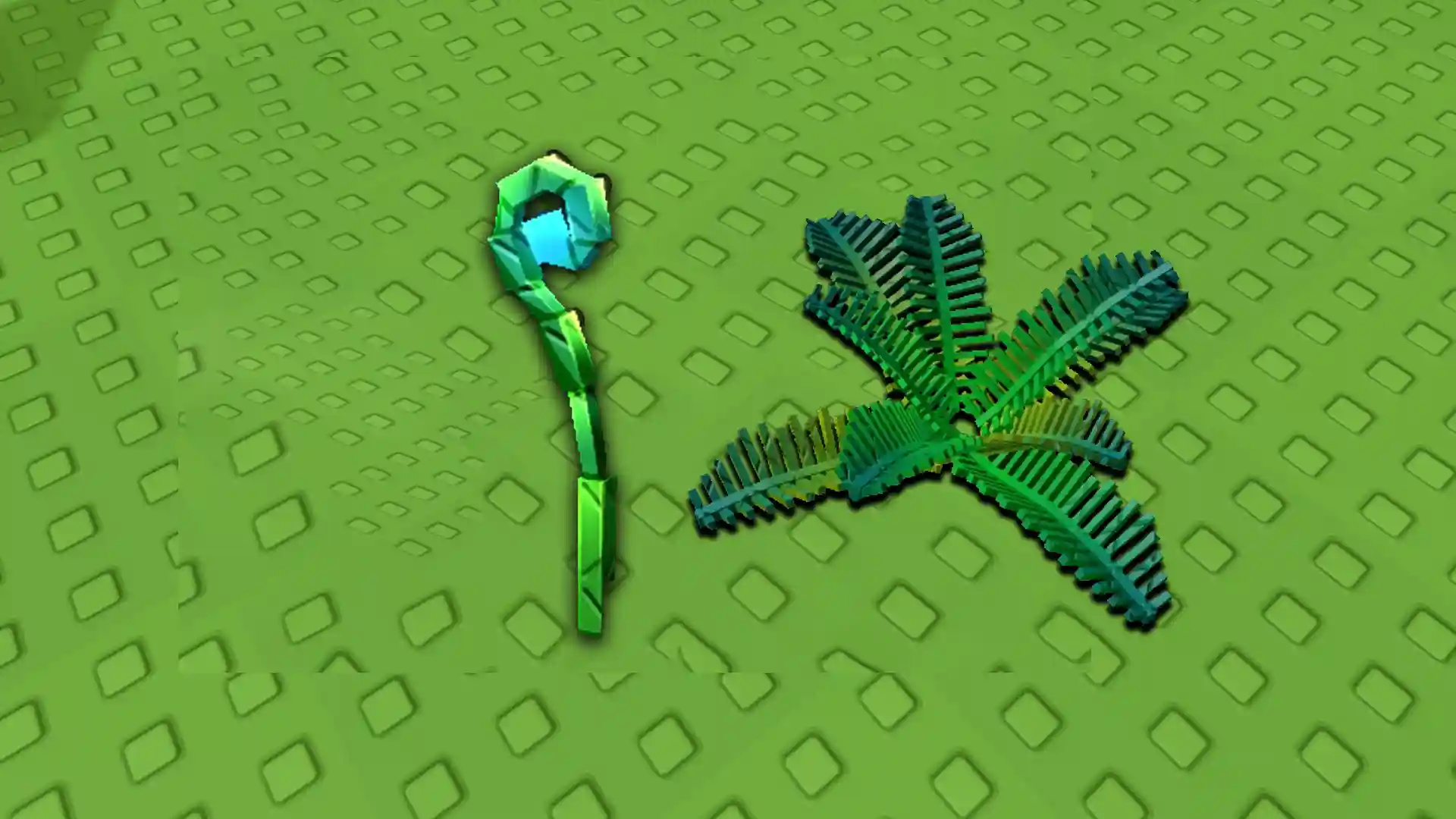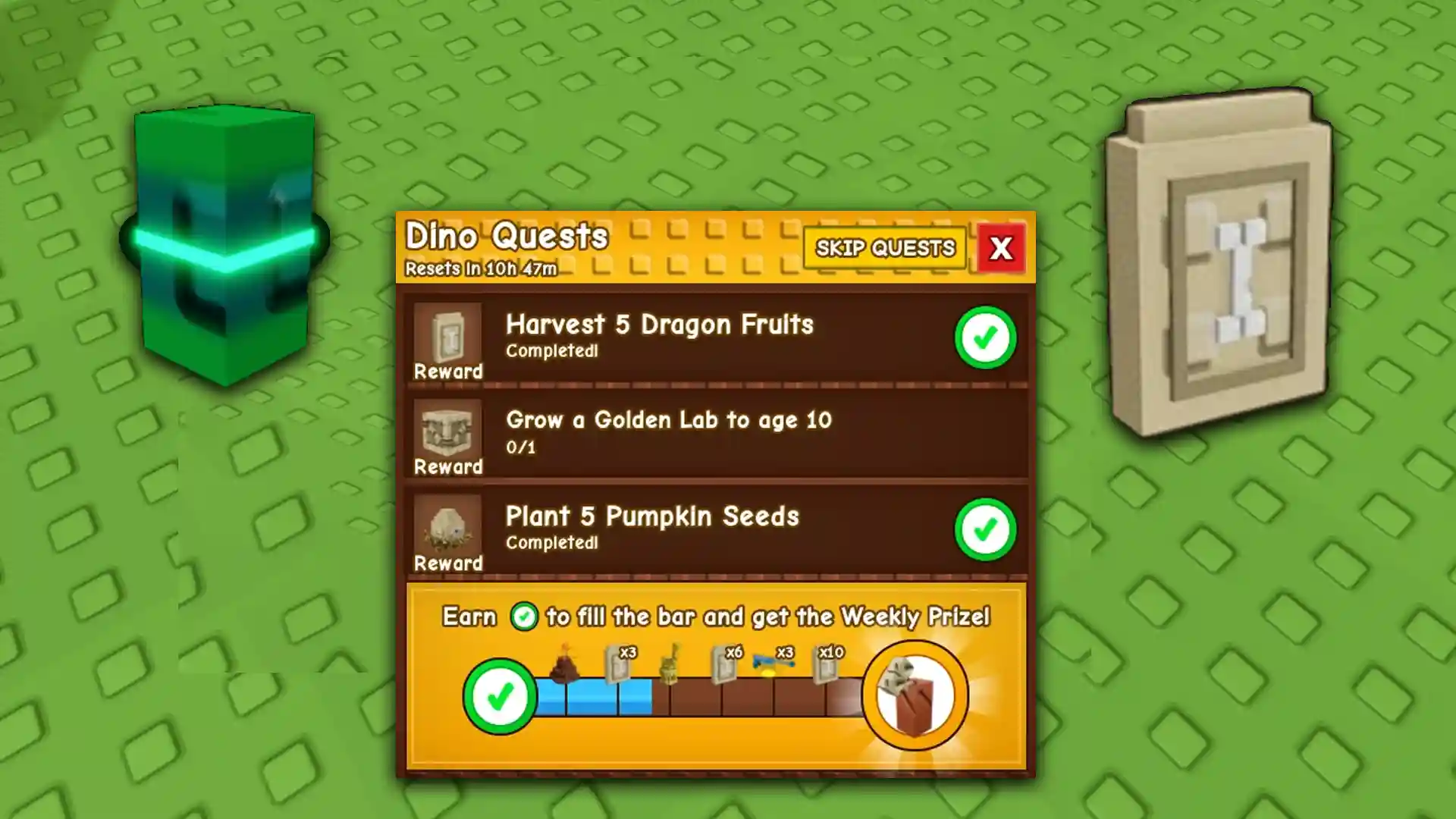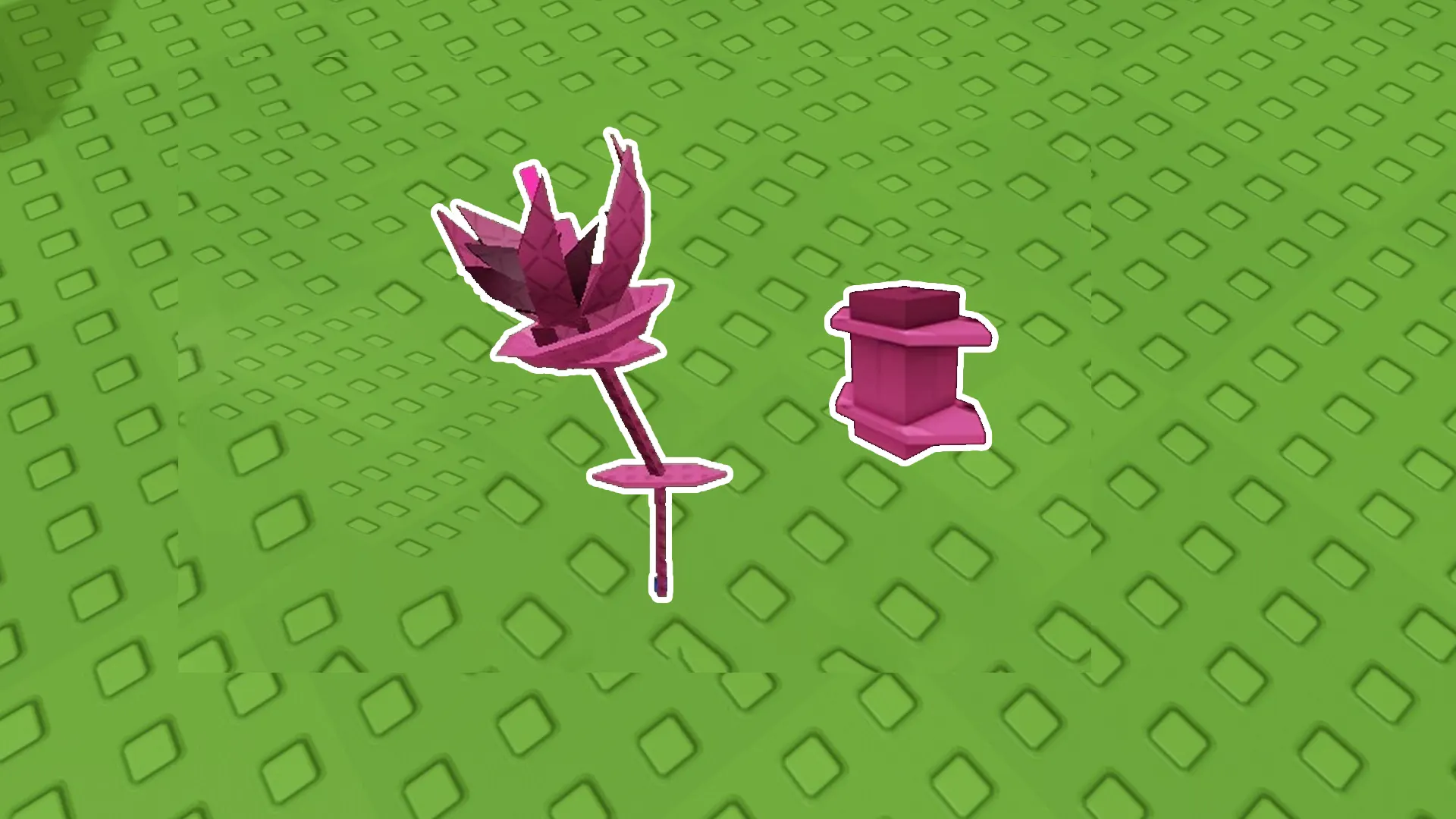
The Firefly Fern in Grow a Garden is a mythical, limited-time crop added totthe game on July 5, 2025, with the release of the Prehistoric Update. This stalk-type plant is visually striking and is highly sought after for both its looks and value. Since it’s a limited crop, you might want it on your garden and here are all the different ways to obtain it.
How to Get the Firefly Fern in Grow a Garden
The Firefly Fern is classified as a mythical crop and it’s multi-harvest too, so it’s great for players who are focused on earning more Sheckles from the plants in their garden. Once mature, it continues to regrow multiple times after harvesting so you don’t have to worry about getting a new seed each time.
Visually, this fern grows as a tall green stalk with a curled tip that softly glows cyan-blue, so if the aesthetic of your garden matches this, follow the steps below to obtain it.
How to Obtain the Firefly Fern Seed

This seed can be obtained from three limited-time packs:
- Ancient Seed Pack (Craftable during the Prehistoric event with 1 Dinosaur egg and 5.5M Sheckles) – 4.5% chance to get Firefly Fern
- Exotic Ancient Seed Pack (Robux item from the in-game shop) – 4.5% chance to get Firefly Fern
- Rainbow Sack (1% chance of obtaining it from the Exotic Ancient Seed Pack) – 8% chance to get Firefly Fern
How much value does it provide?
The base sell value of the crop is 60,000 Sheckles and it has a Huge crop chance of 0.25% that will boost its price even more. However, if you let it stay in your garden and collect multiple mutations, this crop can become a dependable source of income for you.
To make the most of the Firefly Fern:
- Use sprinklers: The sprinkler method will help give a boost to your crop growth and make your garden eye-catching due to the large size of fruits.
- Play before an update for rare mutations: Grow a Garden has weekly updates and before each one, the developers activate rare admin mutations that can give a massive value boost to your crops. Make sure you’re online and in-game at this time.
Although the basic plant is already profitable, combining care methods with well-chosen mutations will provide the best returns.






